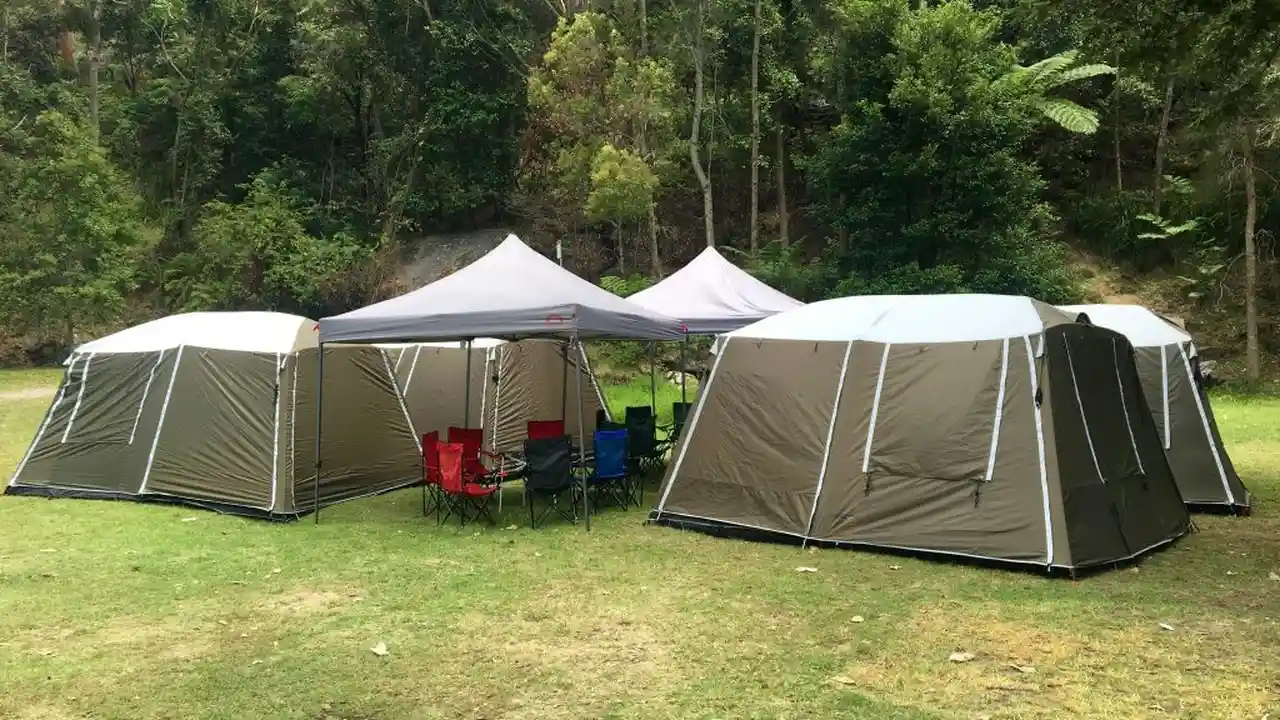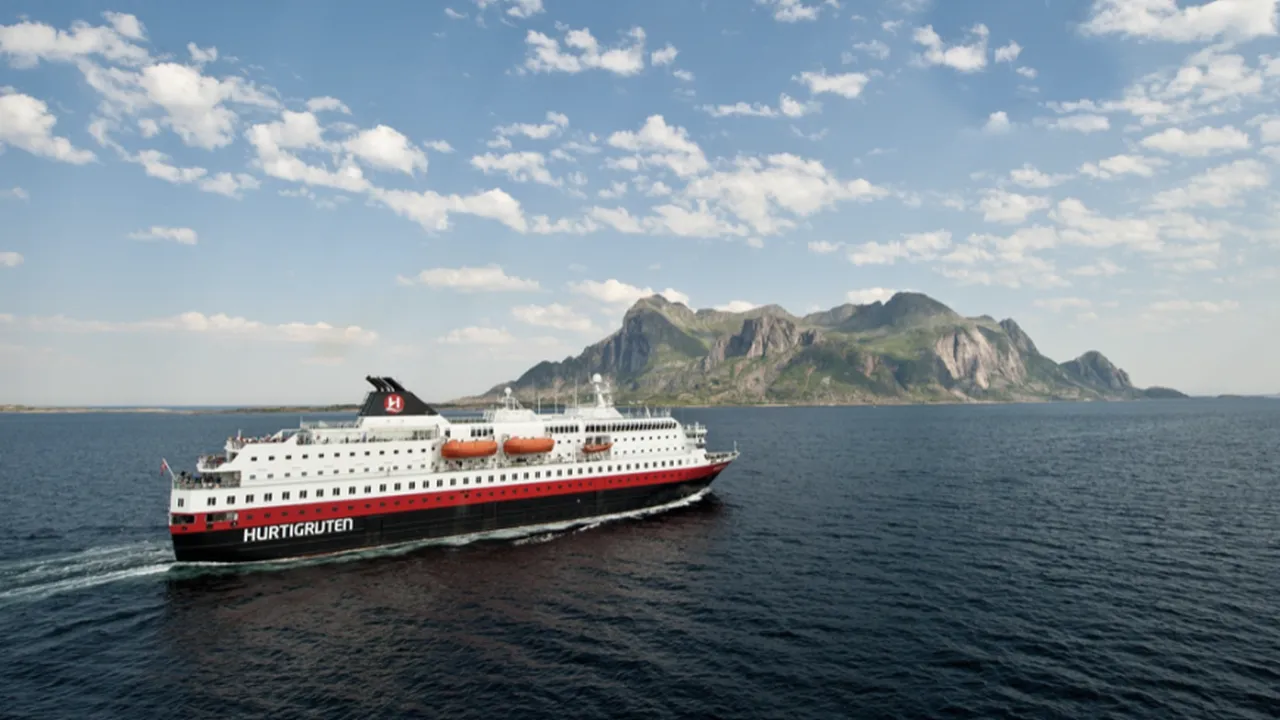Hitchhiking Sustainability Perspective
Examine hitchhiking from a sustainability perspective, exploring its environmental impact. Understand the potential benefits and challenges of this travel method. Consider hitchhiking as a unique and eco-friendly adventure.

Is Hitchhiking Sustainable Exploring the Environmental Impact
Okay, let's dive into hitchhiking and whether it’s actually a good thing for the planet. You might think it’s a super-green way to travel – after all, you're not driving your own car, right? But there's more to it than meets the eye. We'll break down the pros, the cons, and everything in between to see if thumbing a ride is a truly sustainable choice.
Hitchhiking Benefits Reducing Your Carbon Footprint
The biggest argument for hitchhiking is that it *can* reduce your carbon footprint. Think about it: if you’re getting a ride with someone who’s already going that way, you’re not adding another vehicle to the road. Less traffic, less gas, less pollution. Sounds pretty good, huh?
However, it’s not always that simple. It depends on a few things:
- Vehicle Efficiency: Are you getting a ride in a gas-guzzling SUV or a hybrid? The more efficient the vehicle, the better.
- Route Optimization: Is the driver going directly to your destination, or are they making detours? Detours mean more fuel consumption.
- Passenger Load: Is the car already full of people? Adding one more might not make a huge difference, but if you're filling an empty seat, that's a plus.
Challenges of Hitchhiking The Environmental Drawbacks
Now for the not-so-rosy side. Sometimes, hitchhiking can actually *increase* environmental impact. Here’s how:
- Encouraging Unnecessary Trips: If hitchhiking is too easy and convenient, people might take trips they wouldn’t otherwise take. More trips, more emissions, even if they're shared.
- Waiting Time Emissions: If you’re waiting for a long time on the side of the road, cars might slow down or stop to check if you need help. This constant stopping and starting wastes fuel and increases emissions.
- Indirect Impacts: Hitchhiking culture sometimes involves camping in natural areas, which can lead to littering, damage to vegetation, and disturbance of wildlife if not done responsibly.
Hitchhiking Safety Considerations For Sustainable Adventurers
Before we get too deep into the environmental stuff, let’s talk safety. Hitchhiking can be risky, especially for solo travelers. Always trust your gut, let someone know where you’re going, and be aware of your surroundings. Safety first, sustainability second!
Responsible Hitchhiking Tips Minimizing Environmental Harm
Okay, so you want to hitchhike and be kind to the planet. Here’s how to do it right:
- Choose Efficient Rides: Opt for rides in smaller, fuel-efficient vehicles whenever possible. Politely ask if they have room and if it fits their route.
- Minimize Detours: Be clear about your destination and try to find rides that are going directly there. Avoid asking for rides that require significant detours.
- Travel Light: Pack as little as possible to reduce the vehicle's fuel consumption. Every pound counts!
- Leave No Trace: If you’re camping or stopping along the way, be sure to pack out all your trash, stay on designated trails, and avoid disturbing wildlife.
- Support Local Businesses: Spend your money in local shops and restaurants instead of large chains. This helps support the local economy and reduces the environmental impact of transportation.
Hitchhiking Apps and Platforms Connecting Riders Sustainably
Believe it or not, there are apps and platforms designed to connect hitchhikers with drivers. These can make the process safer and more efficient. Some popular options include:
- BlaBlaCar: This platform connects drivers with passengers who are going the same way, allowing you to share the cost of the trip and reduce your carbon footprint.
- HitchWiki: While not an app, HitchWiki is a fantastic resource for information on hitchhiking in different countries, including safety tips and legal considerations.
Hitchhiking Gear Recommendations For Eco-Conscious Travelers
To make your hitchhiking adventure more sustainable, consider investing in some eco-friendly gear:
- Eco-Friendly Backpack: Look for backpacks made from recycled materials like recycled plastic bottles. Brands like Patagonia and Osprey offer great options. For example, the Patagonia Black Hole Pack 32L, made from 100% recycled polyester ripstop, costs around $129.
- Reusable Water Bottle: Ditch the plastic bottles and invest in a durable, reusable water bottle. Brands like Hydro Flask and Klean Kanteen are popular choices. The Klean Kanteen Classic 27oz bottle, made from stainless steel, retails for about $30.
- Biodegradable Soap: Choose biodegradable soap for washing yourself and your clothes. Brands like Dr. Bronner's offer versatile and eco-friendly options. A small bottle of Dr. Bronner's Pure-Castile Liquid Soap costs around $10.
- Bamboo Utensil Set: Carry your own bamboo utensil set to avoid using disposable plastic utensils. You can find these sets online for around $10-$15.
Comparing Hitchhiking With Other Sustainable Transportation Options
How does hitchhiking stack up against other eco-friendly travel options?
- Train Travel: Train travel is generally more sustainable than flying, but it can be more expensive than hitchhiking. Trains also have fixed routes, while hitchhiking offers more flexibility.
- Bus Travel: Buses are a relatively affordable and sustainable option, but they can be slow and crowded. Hitchhiking can be faster and more comfortable if you find the right ride.
- Cycling: Cycling is a zero-emission mode of transportation, but it’s only practical for shorter distances. Hitchhiking can be a good option for covering longer distances after a cycling trip.
Real-World Hitchhiking Stories Sustainability in Action
Let's hear from some real-world hitchhikers about their experiences and how they incorporate sustainability into their travels:
Sarah, USA: \"I've hitchhiked across the US a few times, and I always try to choose rides with people driving hybrids or electric cars. I also make sure to pack out all my trash and support local businesses along the way. It's a great way to see the country and meet interesting people while minimizing my impact.\"
David, Southeast Asia: \"Hitchhiking in Southeast Asia is a unique experience. I've found that locals are often very welcoming and willing to offer rides. I always try to learn about their culture and customs and give back to the community in some way, like volunteering at a local school or helping with a conservation project.\"
The Future of Hitchhiking Sustainable Travel Trends
As sustainability becomes more mainstream, we can expect to see some interesting developments in the world of hitchhiking:
- More Ride-Sharing Platforms: We’ll likely see more platforms that connect drivers with passengers, making hitchhiking safer and more efficient.
- Electric Vehicle Hitchhiking: As electric vehicles become more common, hitchhiking will become even more sustainable.
- Sustainable Hitchhiking Communities: We might see the emergence of communities dedicated to promoting sustainable hitchhiking practices.
So, is hitchhiking sustainable? The answer is… it depends! It can be a green way to travel if you do it responsibly and make conscious choices. By choosing efficient rides, minimizing detours, and supporting local communities, you can reduce your environmental impact and have an amazing adventure. Just remember to prioritize safety and always trust your gut!
:max_bytes(150000):strip_icc()/277019-baked-pork-chops-with-cream-of-mushroom-soup-DDMFS-beauty-4x3-BG-7505-5762b731cf30447d9cbbbbbf387beafa.jpg)





